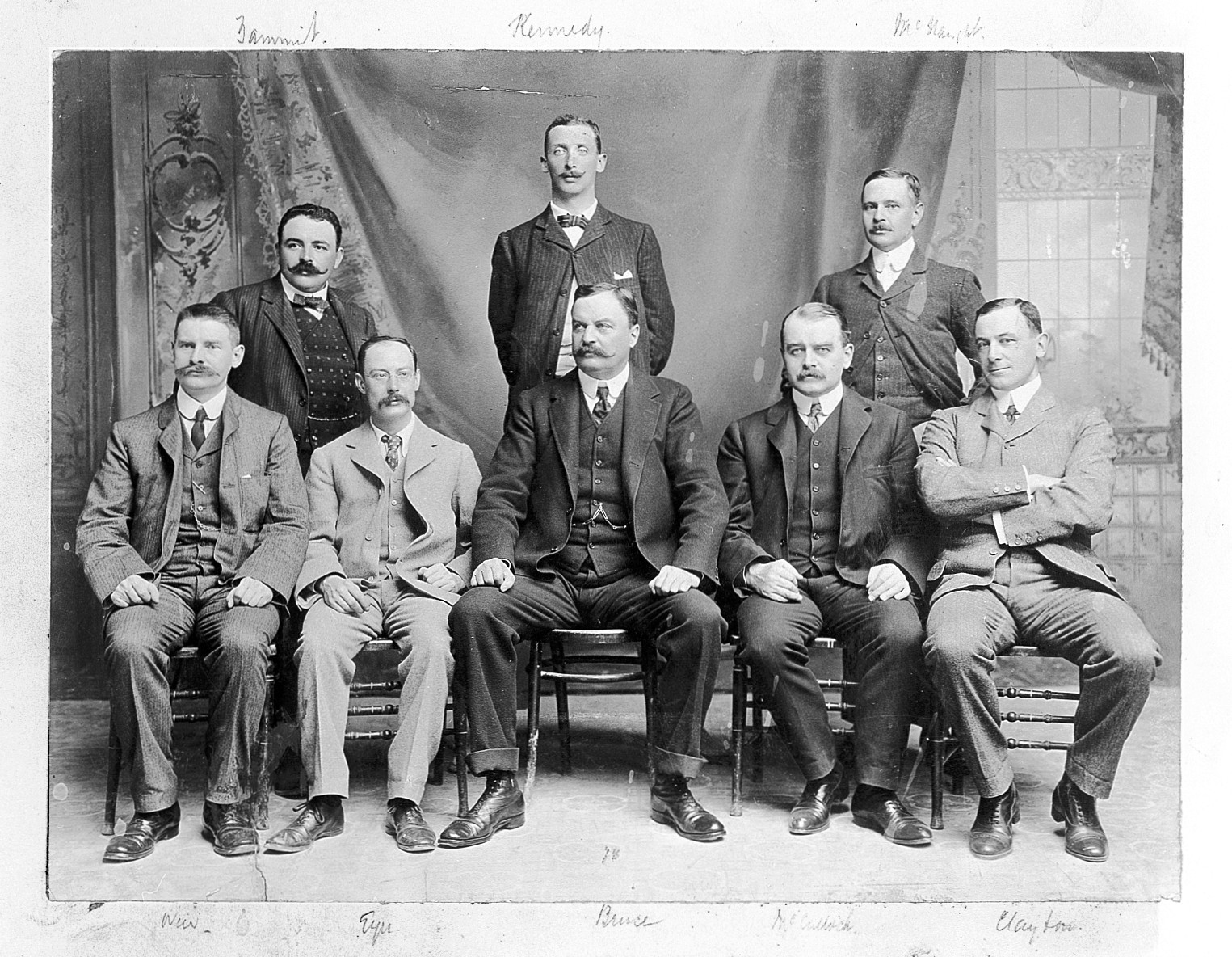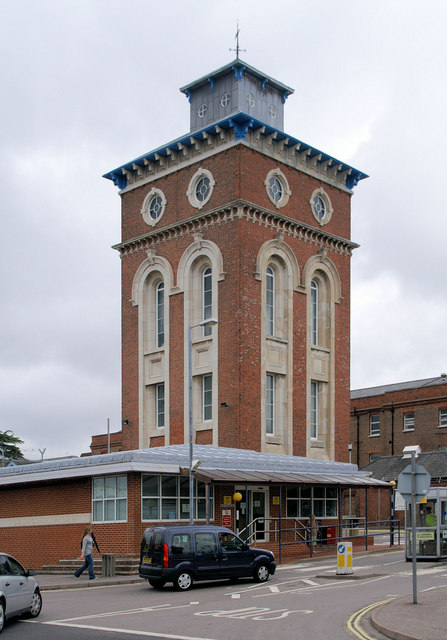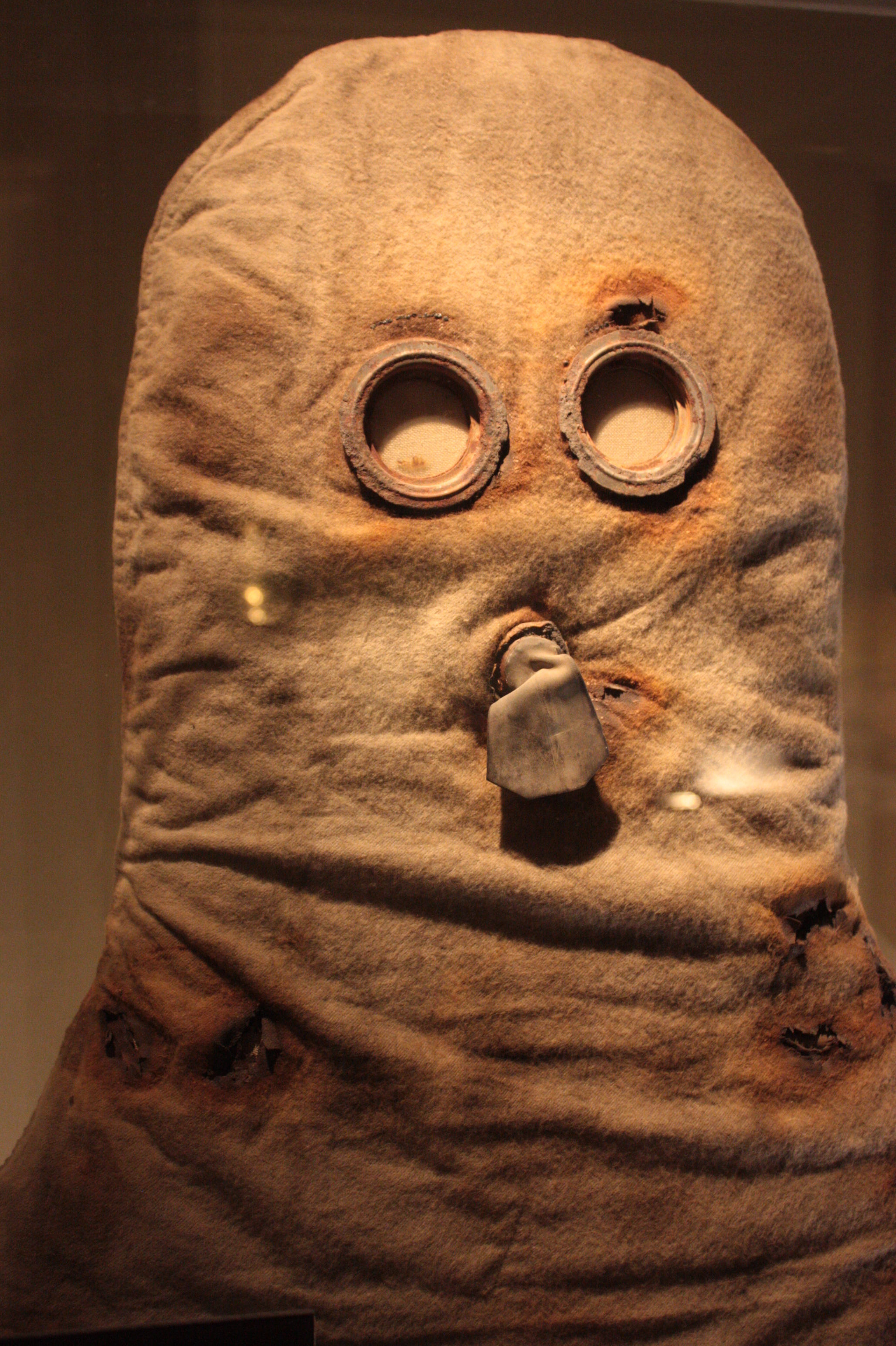|
Royal Army Medical College
The Royal Army Medical College (RAMC) was located on a site south of the Tate Gallery (now known as Tate Britain) on Millbank, in Westminster, London, overlooking the River Thames. The college moved from the site in 1999 and the buildings are now occupied by the Chelsea College of Arts. The area around the college including the Tate, former military hospital and other adjacent areas is a conservation area.Millbank Conservation Area – Westminster City Council, January 2005, accessed 6 August 2012 The former college buildings are now . History [...More Info...] [...Related Items...] OR: [Wikipedia] [Google] [Baidu] |
Millbank
Millbank is an area of central London in the City of Westminster. Millbank is located by the River Thames, east of Pimlico and south of Westminster. Millbank is known as the location of major government offices, Burberry headquarters, the Millbank Tower and prominent art institutions such as Tate Britain and the Chelsea College of Art and Design. History The area derives its name from a watermill owned by Westminster Abbey that once stood at a site close to present day College Green. Norden's survey, taken during the reign of Elizabeth I in 1573, records the existence of such a mill although much of the area that comprises Millbank today, was referred to by Samuel Pepys and others as Tothill Fields. Described as a place of plague pits and a "low, marshy locality" suitable for shooting snipe in the nearby "bogs and quagmires". After Cromwell's victory at the Battle of Worcester in September 1651, some 4,000 defeated Royalists were imprisoned at Tothill Fields prior to being so ... [...More Info...] [...Related Items...] OR: [Wikipedia] [Google] [Baidu] |
Royal Military Academy Sandhurst
The Royal Military Academy Sandhurst (RMAS or RMA Sandhurst), commonly known simply as Sandhurst, is one of several military academies of the United Kingdom and is the British Army's initial officer training centre. It is located in the town of Sandhurst, Berkshire, though its ceremonial entrance is in Camberley, Surrey, southwest of London. The academy's stated aim is to be "the national centre of excellence for leadership". All British Army officers, including late-entry officers who were previously Warrant Officers, as well as other men and women from overseas, are trained at the academy. Sandhurst is the British Army equivalent of the Britannia Royal Naval College and the Royal Air Force College Cranwell. Location Despite its name, the Royal Military Academy Sandhurst's address is located in Camberley; the boundaries of the academy straddle the counties of Berkshire and Surrey. The county border is marked by a small stream known as the Wish Stream, after which the academy jo ... [...More Info...] [...Related Items...] OR: [Wikipedia] [Google] [Baidu] |
Obituary Notices Of Fellows Of The Royal Society
The ''Biographical Memoirs of Fellows of the Royal Society'' is an academic journal on the history of science published annually by the Royal Society. It publishes obituaries of Fellows of the Royal Society. It was established in 1932 as ''Obituary Notices of Fellows of the Royal Society'' and obtained its current title in 1955, with volume numbering restarting at 1. Prior to 1932, obituaries were published in the ''Proceedings of the Royal Society''. The memoirs are a significant historical record and most include a full bibliography of works by the subjects. The memoirs are often written by a scientist of the next generation, often one of the subject's own former students, or a close colleague. In many cases the author is also a Fellow. Notable biographies published in this journal include Albert Einstein, Alan Turing, Bertrand Russell, Claude Shannon, Clement Attlee, Ernst Mayr, and Erwin Schrödinger. Each year around 40 to 50 memoirs of deceased Fellows of the Royal Society ... [...More Info...] [...Related Items...] OR: [Wikipedia] [Google] [Baidu] |
Fellow Of The Royal Society
Fellowship of the Royal Society (FRS, ForMemRS and HonFRS) is an award granted by the judges of the Royal Society of London to individuals who have made a "substantial contribution to the improvement of natural science, natural knowledge, including mathematics, engineering science, and medical science". Fellow, Fellowship of the Society, the oldest known scientific academy in continuous existence, is a significant honour. It has been awarded to many eminent scientists throughout history, including Isaac Newton (1672), Michael Faraday (1824), Charles Darwin (1839), Ernest Rutherford (1903), Srinivasa Ramanujan (1918), Albert Einstein (1921), Paul Dirac (1930), Winston Churchill (1941), Subrahmanyan Chandrasekhar (1944), Dorothy Hodgkin (1947), Alan Turing (1951), Lise Meitner (1955) and Francis Crick (1959). More recently, fellowship has been awarded to Stephen Hawking (1974), David Attenborough (1983), Tim Hunt (1991), Elizabeth Blackburn (1992), Tim Berners-Lee (2001), Venki R ... [...More Info...] [...Related Items...] OR: [Wikipedia] [Google] [Baidu] |
Knight Commander Of The Order Of The Bath
The Most Honourable Order of the Bath is a British order of chivalry founded by George I of Great Britain, George I on 18 May 1725. The name derives from the elaborate medieval ceremony for appointing a knight, which involved Bathing#Medieval and early-modern Europe, bathing (as a symbol of purification) as one of its elements. The knights so created were known as "Knights of the Bath". George I "erected the Knights of the Bath into a regular Order (honour), Military Order". He did not (as is commonly believed) revive the Order of the Bath, since it had never previously existed as an Order, in the sense of a body of knights who were governed by a set of Statute, statutes and whose numbers were replenished when vacancies occurred. The Order consists of the Sovereign (currently Charles III, King Charles III), the :Great Masters of the Order of the Bath, Great Master (currently vacant) and three Classes of members: *Knight Grand Cross (:Knights Grand Cross of the Order of the Bath ... [...More Info...] [...Related Items...] OR: [Wikipedia] [Google] [Baidu] |
David Bruce (microbiologist)
Major-General Sir David Bruce (29 May 1855 – 27 November 1931) was an Australian-born British pathologist and microbiologist who made some of the key contributions in tropical medicine. In 1887, he discovered a bacterium, now called ''Brucella'', that caused what was known as Malta fever. In 1894, he discovered a protozoan parasite, named ''Trypanosoma brucei'', as the causative pathogen of nagana (animal trypanosomiasis). Working in the Army Medical Services and the Royal Army Medical Corps, Bruce's major scientific collaborator was his microbiologist wife Mary Elizabeth Bruce (''née'' Steele), with whom he published around thirty technical papers out of his 172 papers. In 1886, he was chairman of the Malta Fever Commission that investigated the deadly disease, by which he identified a specific bacterium as the cause. Later, with his wife, he investigated an outbreak of animal disease called nagana in Zululand and discovered the protozoan parasite responsible for it. He ... [...More Info...] [...Related Items...] OR: [Wikipedia] [Google] [Baidu] |
Bruce Skinner
Major-General Bruce Morland Skinner, (3 April 1858 – 3 May 1932) was a British Army officer and surgeon who served as Surgeon-General during the First World War. Skinner was the eldest son of Charles Bruce Skinner and Harriette Catherine Tudor. He was educated at Bloxham School and the Royal Army Medical College before commissioning into the British Army as a medical officer in the Royal Army Medical Corps. He first saw active service on the North-West Frontier expedition of 1887 to 1888. He was deployed to South Africa during the Second Boer War between 1899 and 1902, was promoted to lieutenant-colonel on 29 July 1902, and was made a Member of the Royal Victorian Order (MVO) in 1906. Skinner served as Honorary Surgeon to the Viceroy of India in 1910 and was Senior Medical officer in Rawalpindi. He was subsequently Commandant of the Royal Army Medical College. He served in the First World War and was made a Companion of the Order of St Michael and St George The Most ... [...More Info...] [...Related Items...] OR: [Wikipedia] [Google] [Baidu] |
Gosport
Gosport ( ) is a town and non-metropolitan borough on the south coast of Hampshire, South East England. At the 2011 Census, its population was 82,662. Gosport is situated on a peninsula on the western side of Portsmouth Harbour, opposite the city of Portsmouth, to which it is linked by the Gosport Ferry. Gosport lies south-east of Fareham, to which it is linked by a Bus Rapid Transit route and the A32. Until the last quarter of the 20th century, Gosport was a major naval town associated with the defence and supply infrastructure of His Majesty's Naval Base (HMNB) Portsmouth. As such over the years extensive fortifications were created. Gosport is still home to and a Naval Armament Supply Facility, as well as a Helicopter Repair base. The Town area of the Borough, including Newtown, consists of the town centre, Stoke Road shopping area, Walpole Park, Royal Clarence Yard and three modern marinas: Royal Clarence, Gosport Marina and Haslar Marina. As part of the ''Renaissa ... [...More Info...] [...Related Items...] OR: [Wikipedia] [Google] [Baidu] |
Royal Hospital Haslar
The Royal Hospital Haslar in Gosport, Hampshire, was one of several hospitals serving the local area. It was converted into retirement flats between 2018 and 2020. The hospital itself is a Grade II listed building. History Formation and operation The Admiralty acquired the site selected for the hospital, Haslar Farm, whose name came from Anglo-Saxon ''Hæsel-ōra'' ( en, Hazel Bank), in 1745. The building was designed by Theodore Jacobsen and construction of the main building was completed in on 23 October 1753. On completion it was the largest brick building in Europe. Building works cost more than £100,000, nearly double the cost of the Admiralty headquarters in London. In its early years it was known as the Royal Hospital Haslar. Patients usually arrived by boat (it was not until 1795 that a bridge was built over Haslar Creek, providing a direct link to Gosport). Built on a peninsula, the guard towers, high brick walls, bars and railings throughout the site were all desig ... [...More Info...] [...Related Items...] OR: [Wikipedia] [Google] [Baidu] |
Gas Masks
A gas mask is a mask used to protect the wearer from inhaling airborne pollutants and toxic gases. The mask forms a sealed cover over the nose and mouth, but may also cover the eyes and other vulnerable soft tissues of the face. Most gas masks are also respirators, though the word ''gas mask'' is often used to refer to military equipment (such as a field protective mask), the scope used in this article. The gas mask only protects the user from digesting, inhaling, and contact through the eyes (many agents affect through eye contact). Most combined gas mask filters will last around 8 hours in a biological or chemical situation. Filters against specific chemical agents can last up to 20 hours. Airborne toxic materials may be gaseous (for example, chlorine or mustard gas), or particulates (such as biological agents). Many filters provide protection from both types. The first gas masks mostly used circular lenses made of glass, mica or cellulose acetate to allow vision. Glass and ... [...More Info...] [...Related Items...] OR: [Wikipedia] [Google] [Baidu] |
Typhoid
Typhoid fever, also known as typhoid, is a disease caused by '' Salmonella'' serotype Typhi bacteria. Symptoms vary from mild to severe, and usually begin six to 30 days after exposure. Often there is a gradual onset of a high fever over several days. This is commonly accompanied by weakness, abdominal pain, constipation, headaches, and mild vomiting. Some people develop a skin rash with rose colored spots. In severe cases, people may experience confusion. Without treatment, symptoms may last weeks or months. Diarrhea may be severe, but is uncommon. Other people may carry the bacterium without being affected, but they are still able to spread the disease. Typhoid fever is a type of enteric fever, along with paratyphoid fever. ''S. enterica'' Typhi is believed to infect and replicate only within humans. Typhoid is caused by the bacterium ''Salmonella enterica'' subsp. ''enterica'' serovar Typhi growing in the intestines, peyers patches, mesenteric lymph nodes, spleen, liver, ... [...More Info...] [...Related Items...] OR: [Wikipedia] [Google] [Baidu] |
World War I
World War I (28 July 1914 11 November 1918), often abbreviated as WWI, was one of the deadliest global conflicts in history. Belligerents included much of Europe, the Russian Empire, the United States, and the Ottoman Empire, with fighting occurring throughout Europe, the Middle East, Africa, the Pacific, and parts of Asia. An estimated 9 million soldiers were killed in combat, plus another 23 million wounded, while 5 million civilians died as a result of military action, hunger, and disease. Millions more died in genocides within the Ottoman Empire and in the 1918 influenza pandemic, which was exacerbated by the movement of combatants during the war. Prior to 1914, the European great powers were divided between the Triple Entente (comprising France, Russia, and Britain) and the Triple Alliance (containing Germany, Austria-Hungary, and Italy). Tensions in the Balkans came to a head on 28 June 1914, following the assassination of Archduke Franz Ferdin ... [...More Info...] [...Related Items...] OR: [Wikipedia] [Google] [Baidu] |







